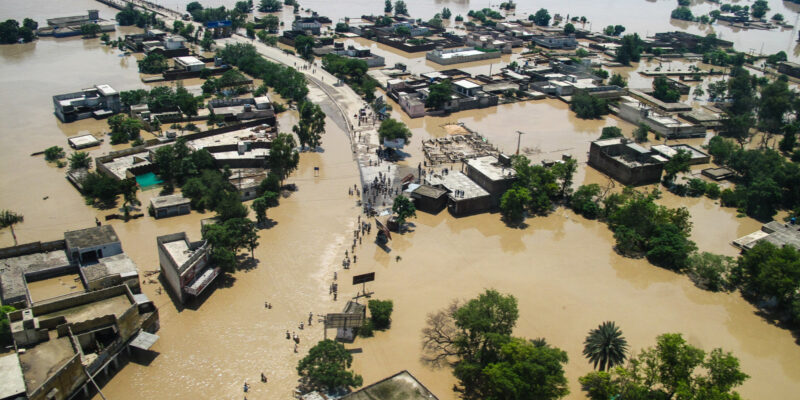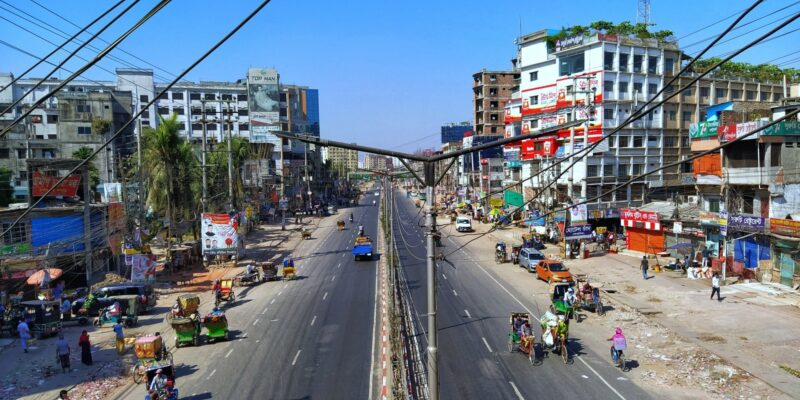Comment
Insights and expert analysis on climate issues.
Share


Is the 1.5°C limit still in reach? FAQs
Dr Carl-Friedrich Schleussner, Uta Klönne, Bill Hare
The Paris Agreement aims at “holding the increase in the global average temperature to well below 2°C above pre-industrial levels and pursuing efforts to limit the temperature increase to 1.5°C above pre-industrial levels, recognising that this would significantly reduce the risks and impacts of climate change”. Here we address some commonly asked questions.

"If offsets are not real, additional and permanent – or if they’re used to continue fossil fuel emissions – then they will make climate change worse rather than better." — Bill Hare

Dr Fahad Saeed is a climate impacts scientist based in Islamabad. He writes on how climate impacts are exacerbating power and development issues, despite Pakistan’s negligible emissions, and how the floods could reframe the debate on Loss and Damage ahead of COP27 in Egypt this year.


The IPCC has highlighted the Caribbean’s vulnerability to climate change: what does this mean for climate justice?
Rueanna Haynes

New pathways to 1.5°C: interpreting the IPCC’s Working Group III scenarios in the context of the Paris Agreement
Dr Carl-Friedrich Schleussner, Bill Hare